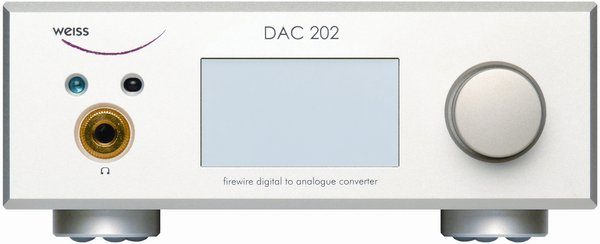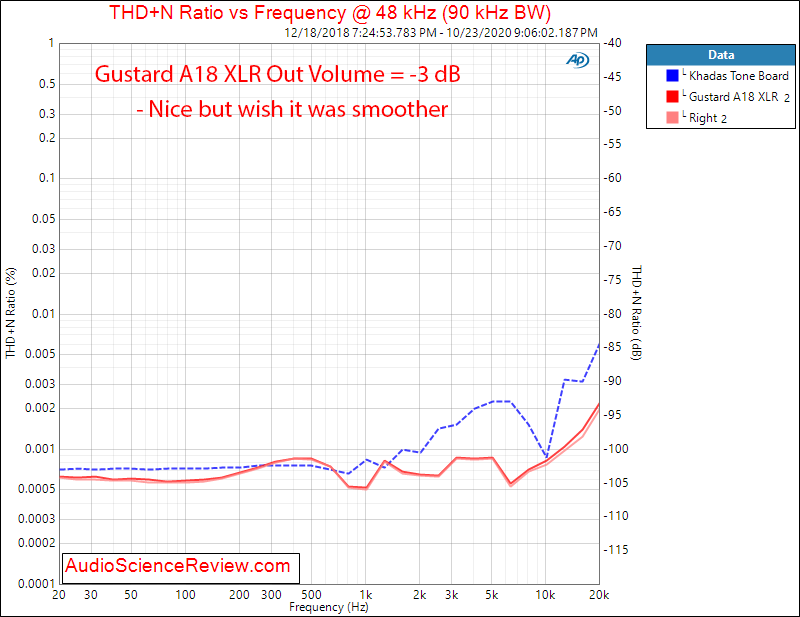tuga
Legal Alien
Maybe you should at least read some reviews to get a flavour of how something might sound in your system. Otherwise your short list for auditioning equipment is totally reliant on measurements. Or perhaps you don’t even audition and just buy blind based on measurement? I don’t know, do you?
I shortlist my equipment based on measurements and my understanding of the science involved, prior listening experience and correlating measurements with listening. Then I listen, free of any preconditioning, in my room with my system.
Reading reviews will only serve to generate expectation bias, apart from reviews being completely subjective and taste not being easily transferable, and my system/room not being like any other system/room.



